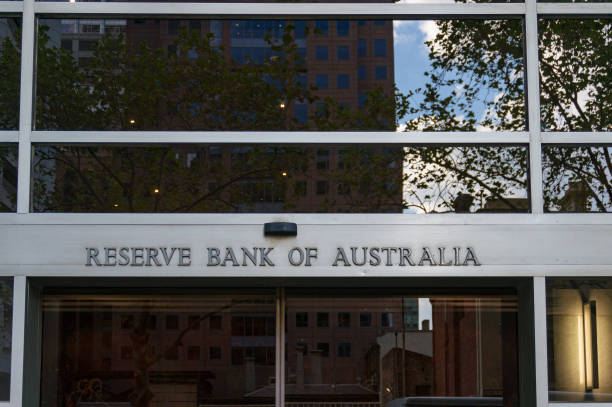
The RBA Board decided to maintain current policy settings despite forecasting a contraction in the September quarter. The rationale is that the experience points to the economy bouncing back quickly and that presumably a policy change may have undermined confidence in that outlook.
At its August meeting, the Reserve Bank Board decided to maintain the policy settings that it had adopted in July.
In particular, the Board decided to persevere with its decision to scale back bond purchases in early September from 5bn to 4bn per week until at least mid-November. The decision on the purchase pace from mid-November will be made at the November Board meeting, when the Board will receive a revised set of economic forecasts for the November Statement on Monetary Policy.
We found this decision surprising given that the consistent guidance which the Board has provided is that “the program will continue to be reviewed in light of economic conditions and the health situation”. A key reason behind Westpac’s view that the Board would respond to the current economic downturn was that it now appears that the economy will contract in the September quarter – a significant deterioration from the situation in July.
The Governor notes that “GDP is expected to decline in the September quarter”. Unlike previous statements which are made just before the full set of forecasts in the Statement on Monetary Policy, he does not indicate the extent of the downward revision to growth in calendar 2021. Westpac has revised down its growth rate in 2021 from 4.8% to 3.2% and acknowledges a strong bounce back in 2022, increasing our forecast from 3.2% to 4.2%.
The RBA was forecasting 4.75% for 2021 and has lifted its 2022 forecast from 3.5% to 4.0%. That probably implies that the RBA is not expecting as big a downturn in the September quarter as Westpac’s -2.2%, but nevertheless, a significant change from a month ago.
While markets were not expecting the Board to lift the current purchase program from 5bn to 6bn, as advocated by Westpac, a strong consensus was that the taper from 5bn to 4bn would be deferred. The rationale behind the Board’s decision seems to hinge on “the experience to date has been that once virus outbreaks are contained the economy bounces back quickly”. This is also Westpac’s central case, but the Delta variant represents a complex set of risks, and it seems surprising that the Board would not have adjusted this flexible policy instrument in recognition of those risks.
In the Minutes of the July meeting, it was noted that “members acknowledged that an argument could be made to maintain the pace of bond purchases at 5bn per week”. This aspect of the Board discussion was not communicated in the Governor’s statement following the July meeting. So despite no indication today of a healthy debate, it may be that we see more colour on this issue in the Minutes.
Following the strong labour report for May, which was not available for the last set of forecasts, we are not surprised that the unemployment forecast for 2022 has been reduced from 4.5% to 4.25%. There is also an uplift in the inflation forecast, with the forecast in the May Statement on Monetary Policy at 2% for mid-2023, and the full 2023 forecast being set at 2.25%.
Conclusion
With such a major change in the economic outlook and yet no response to the current bond program, the hurdle for adjusting policy is surprisingly high.
Westpac’s view was that the bond purchase program was designed to be a flexible policy instrument that could respond to unexpected shocks, allowing the RBA to support government policy to deal with the current crisis. In that regard, we thought that the market consensus for merely deferring the taper would not have sent a sufficiently strong signal and believed that an actual lift in the program size was the appropriate response.
Arguably, what we have seen today is the view that adjusting policy may have detracted from the perception of the RBA’s confidence in the recovery.
The Board will still retain flexibility to respond in September or October should conditions deteriorate substantially more than their central view. However, given the decision today in light of such a sharp deterioration in the near-term outlook, it seems likely that there will be no policy adjustment in September and October.
Westpac’s central case remains that by the November Board meeting, the recovery will be underway, particularly supported by widespread vaccination, and it would then be appropriate for the Board to scale back its purchases to a 3bn weekly pace.
We remain comfortable with our view that the Board will begin raising the cash rate in the March quarter of 2023 and are encouraged by the improved medium-term outlook in the RBA’s forecasts for unemployment, inflation, and economic growth.


 Signal2forex.com - Best Forex robots and signals
Signal2forex.com - Best Forex robots and signals




